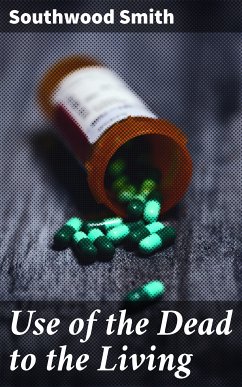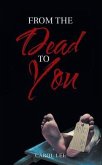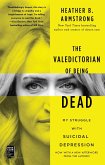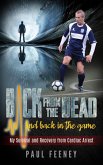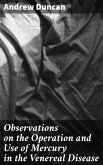In "Use of the Dead to the Living," Southwood Smith explores the intersection of morality, medicine, and society in Victorian England, pioneering arguments for human dissection and the ethical implications of utilizing cadavers for medical advancement. Utilizing a combination of eloquent prose and meticulous reasoning, Smith presents a compelling case for the necessity of studying the dead to enhance the living'Äôs understanding of human biology. The book navigates the prevailing social attitudes towards death and dissection in the early 19th century, offering insights into the tension between scientific inquiry and moral consideration. Smith's literary style reflects the didactic traditions of the period, balancing scientific rigor with persuasive rhetoric, ultimately advocating for a progressive approach to medical education and practice. Southwood Smith (1792-1866), a prominent physician and public health advocate, was instrumental in shaping the discourse surrounding medical ethics and anatomical research during a time when such topics were often met with societal resistance. His background in medicine and his engagement with contemporary debates allowed him to articulate the need for reform. Smith's influences included debates about public health and growing awareness of the importance of anatomical study, which fueled his commitment to promoting anatomical research as a vital tool for medical progress. "Use of the Dead to the Living" is essential reading for those interested in the history of medical ethics, anatomy, and Victorian literature. It offers a thought-provoking perspective on how society can reconcile the sometimes uncomfortable relationship between life, death, and the pursuit of knowledge. Readers will find Smith's insights remarkably relevant today as discussions around medical ethics continue to evolve.
Dieser Download kann aus rechtlichen Gründen nur mit Rechnungsadresse in A, B, BG, CY, CZ, D, DK, EW, E, FIN, F, GR, H, IRL, I, LT, L, LR, M, NL, PL, P, R, S, SLO, SK ausgeliefert werden.

